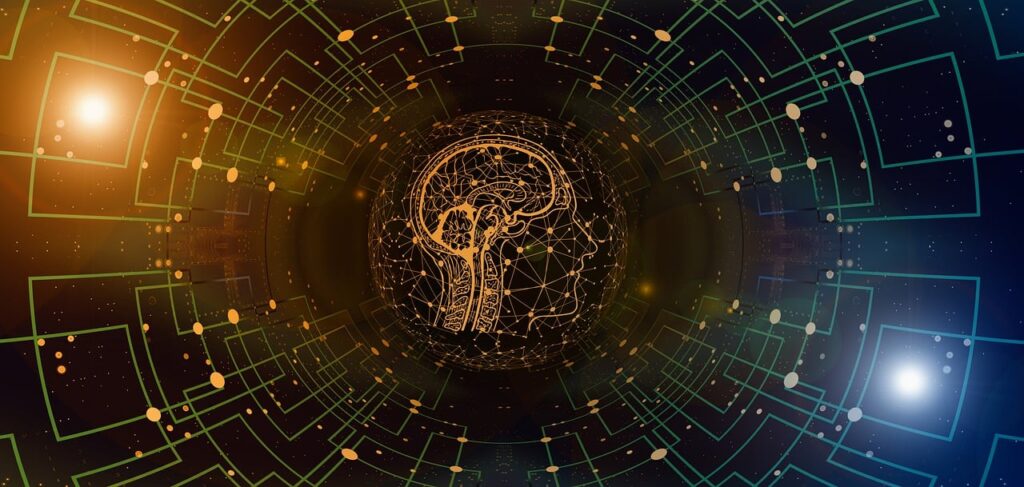In our everyday lives, artificial intelligence (AI) plays a part in simple things, like a thread weaving through fabric. It uses complicated sets of rules and decisions based on data. Now, let’s explore how AI, with its computer skills, is making a difference in our daily routines by looking at the technical details.

1. Natural Language Processing (NLP) in Virtual Assistants
Virtual assistants are no longer mere voice-activated tools; they are sophisticated applications leveraging Natural Language Processing (NLP). This intricate technology enables machines to understand, interpret, and respond to human language. As you communicate with Siri or Alexa, algorithms process linguistic nuances, making these interactions more intuitive.
2. Recommender Systems: Machine Learning at Play
The personalized content recommendations on platforms like Netflix or Spotify are powered by advanced machine learning algorithms. Recommender systems analyze user behavior, applying collaborative and content-based filtering techniques to predict preferences. This level of personalization involves intricate models that continuously adapt based on user interactions.
3. Internet of Things (IoT) and Smart Home Integration
Behind the scenes of your smart home, IoT devices communicate seamlessly, driven by AI algorithms. Machine learning algorithms embedded in smart thermostats learn from temperature adjustments over time, optimizing energy consumption. Additionally, facial recognition technology in smart security systems enhances home security by identifying familiar faces.
4. Social Media Algorithms: Graph Theory and Personalization
Social media algorithms employ graph theory to analyze intricate networks of user interactions. AI algorithms predict content engagement based on historical data, presenting users with a personalized feed. As you scroll through posts, complex algorithms assess various factors to prioritize content tailored to your interests.
5. Computer Vision in Healthcare Imaging
AI’s impact on healthcare is substantial, particularly in medical imaging. Computer vision algorithms process and interpret complex visual data from X-rays, MRIs, and CT scans. Convolutional Neural Networks (CNNs) are frequently employed to identify patterns, assisting in the diagnosis and treatment planning process.
6. Machine Learning in Navigation Algorithms
Navigation applications utilize machine learning algorithms to optimize routes in real time. Algorithms process historical and current traffic data, employing regression analysis and predictive modeling to suggest the most efficient routes. Machine learning models continuously adapt based on real-world feedback, improving accuracy over time.
7. Chatbots: AI-Driven Customer Engagement
AI-powered chatbots employ Natural Language Understanding (NLU) and Natural Language Generation (NLG) to facilitate human-like interactions. Behind the scenes, these bots utilize sentiment analysis and decision trees to comprehend user queries, providing instant responses and enhancing customer support across digital platforms.
8. Adaptive Learning Platforms in Education
In the realm of education, AI’s role extends to adaptive learning platforms. These platforms utilize machine learning models to assess individual learning styles, strengths, and weaknesses. Reinforcement learning algorithms adjust educational content dynamically, providing personalized learning experiences.
Conclusion: The Intricacies of Daily AI Integration
As we navigate the complexities of our daily lives, the technical intricacies of AI become increasingly evident. From the depths of machine learning algorithms to the precision of computer vision, AI’s influence is pervasive. Understanding the technical underpinnings of AI in our daily experiences not only unveils its complexity but also invites us to appreciate the intricate dance of algorithms that enhance our daily lives. Contact us!


